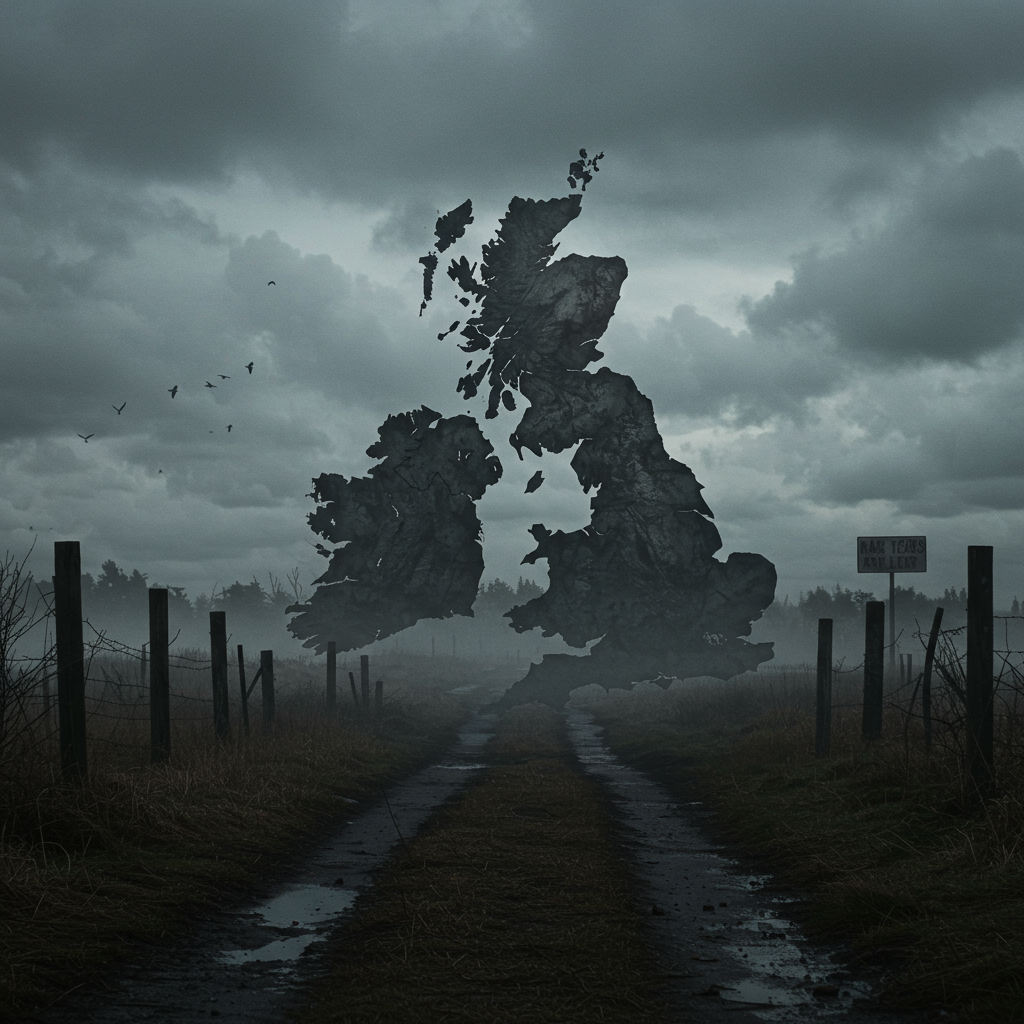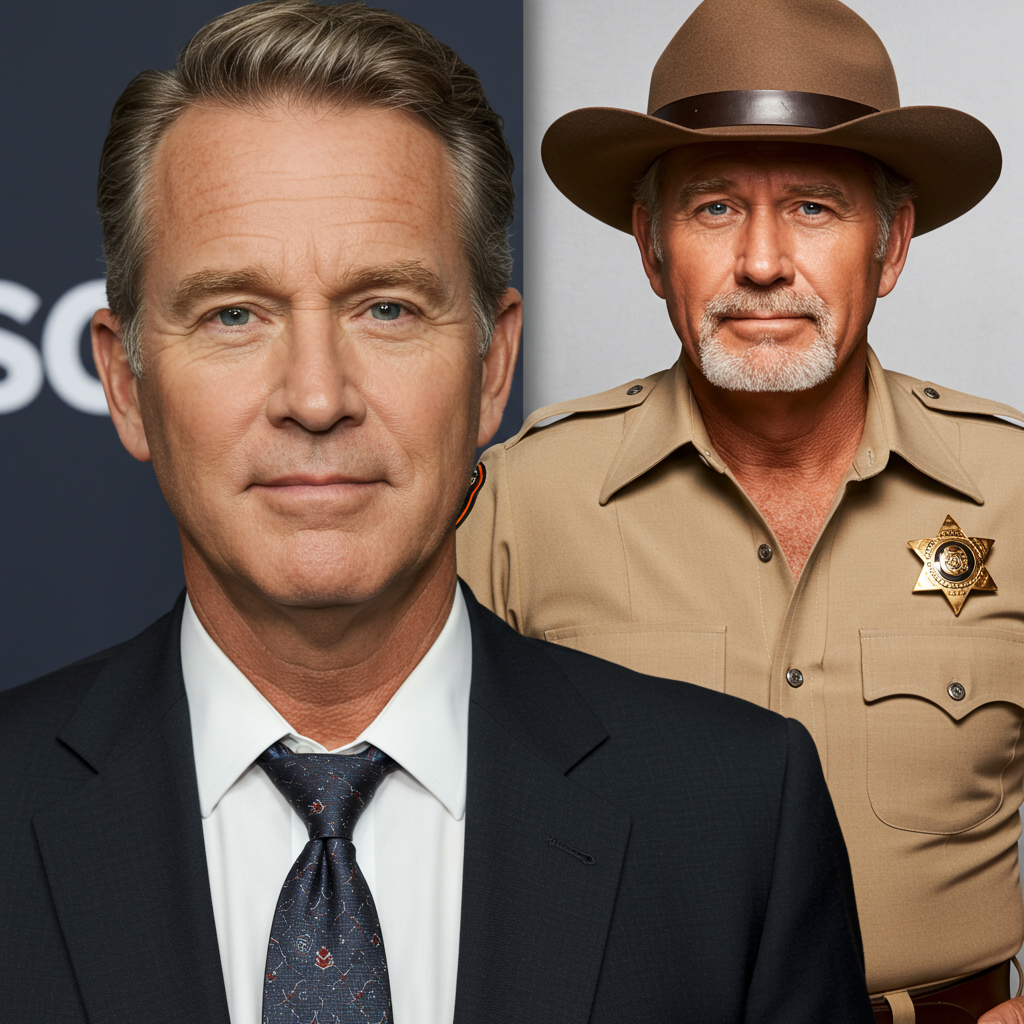Nearly two decades after the chilling debut of the rage virus, the iconic horror franchise ignited by Danny Boyle’s “28 Days Later” roars back to life with “28 Years Later.” Serving as the first installment in a planned new trilogy, this film revisits a Britain scarred by societal collapse, proving the enduring power of the zombie genre to reflect our deepest anxieties. While the term “zombie” itself is often debated among enthusiasts – encompassing everything from voodoo-controlled dead to the biologically infected, a conversation rich since films like 1932’s White Zombie or Romero’s groundbreaking 1968 Night of the Living Dead established key tropes – the fast, ravenous, rage-fueled infected of this series, introduced influentially in “28 Days Later,” remain a terrifying force.
Adding significant weight and intrigue to this bleak landscape is the always-captivating Ralph Fiennes. Known for his ability to inhabit unique, intelligent supporting roles, Fiennes drops into the narrative as Dr. Kelson, a character who, despite his eccentric presentation (dyed yellow with iodine, surrounded by disturbing relics), surprisingly lands on the side of the protagonists. His presence alone serves as a powerful reminder of the caliber of talent this series can attract, providing moments of intelligent reflection amidst the chaos.
A World Rebuilt, Precariously
“28 Years Later” finds Britain transformed into a vast quarantine zone, with the remnants of humanity clinging to coastal strongholds like Holy Island. This community of resourceful survivors has carved out a precarious existence, venturing onto the mainland only during low tide to scavenge and eliminate infected threats.
The story centers on Spike (Alfie Williams), a 12-year-old navigating this harsh reality. We join him and his father (Aaron Taylor-Johnson) on one such foraging trip where Spike earns his first kill. The infected themselves have evolved over the years, showcasing varied and disturbing forms, including slow, crawling types and formidable “alphas” capable of brutal strength.
However, the true catalyst for Spike’s journey is his mother, Isla (Jodie Comer), who suffers from a mysterious, debilitating illness. The core of the film follows Spike’s desperate decision to lead his ailing mother through the treacherous mainland wilderness in search of a rumored doctor, facing down hordes of the infected with occasional, often exasperated, assistance from characters like a Swedish soldier (Edvin Ryding). This perilous trek leads to unsettling discoveries about the virus and its long-term effects.
Beyond the Gore: Themes of Survival and Connection
While the film delivers on visceral horror – expect plenty of blood, gore, and disturbing imagery fitting its R rating – its true strength lies in its exploration of profound questions surprisingly relevant to today’s world:
Where does society rebuild after collapse?
How do people maintain a sense of normality amidst insanity?
Can kindness survive in a world ruled by rage?
These themes tap into the zombie genre’s historical role as a powerful metaphor for societal anxieties, from consumerism critiques in Romero’s Dawn of the Dead (1978) to reflections on isolation and connection seen in more recent films like #Alive* (2020). “28 Years Later” uses its terrifying premise to delve into the emotional weight of survival and the fragile bonds that connect us. The relationship between Spike and Isla, portrayed with moving sensitivity by Williams and Comer, provides the film’s emotional anchor.
A Shift in Tone and Focus
Despite the return of franchise veterans Danny Boyle and co-screenwriter Alex Garland, known for their contributions to the groundbreaking original “28 Days Later,” “28 Years Later” opts for a different rhythm than the relentless pace and shocking immediacy of its predecessors (including the 2007 sequel, “28 Weeks Later”). While Boyle’s signature stylistic flourishes – like stutter-stop visuals and quick, brutal cuts – are present, the focus feels more contemplative, punctuated by bursts of intense action.
This shift in tone is beautifully underscored by Anthony Dod Mantle‘s brooding cinematography, the atmospheric score from Scottish trio Young Fathers, and the stark, stunning locations of the Scottish Highlands. These elements elevate the film beyond standard fright-night fare, creating a mood of finely wrought mourning that complements the narrative’s emotional core. While some minor plot logistics might raise questions, the film prioritizes emotional truth over strict realism.
Setting the Stage for What’s Next
Rated 3 stars in the original review, “28 Years Later” successfully re-establishes the franchise’s world and introduces compelling new characters and dynamics. It provides more than just a simple rehash, laying solid thematic groundwork for the planned trilogy. The ending, notably, offers a clear cliffhanger that promises to propel the story into intriguing, potentially “looney-tunes” territory in the next installment, expected in 2026. Speculation about the potential return of original star Cillian Murphy (who also serves as an executive producer on this film) only adds to the anticipation for what’s to come, suggesting the rage is far from over.
For horror fans seeking a film with both gnawing tension and thoughtful themes, “28 Years Later” offers a fierce, emotionally resonant return to a world consumed by rage.



